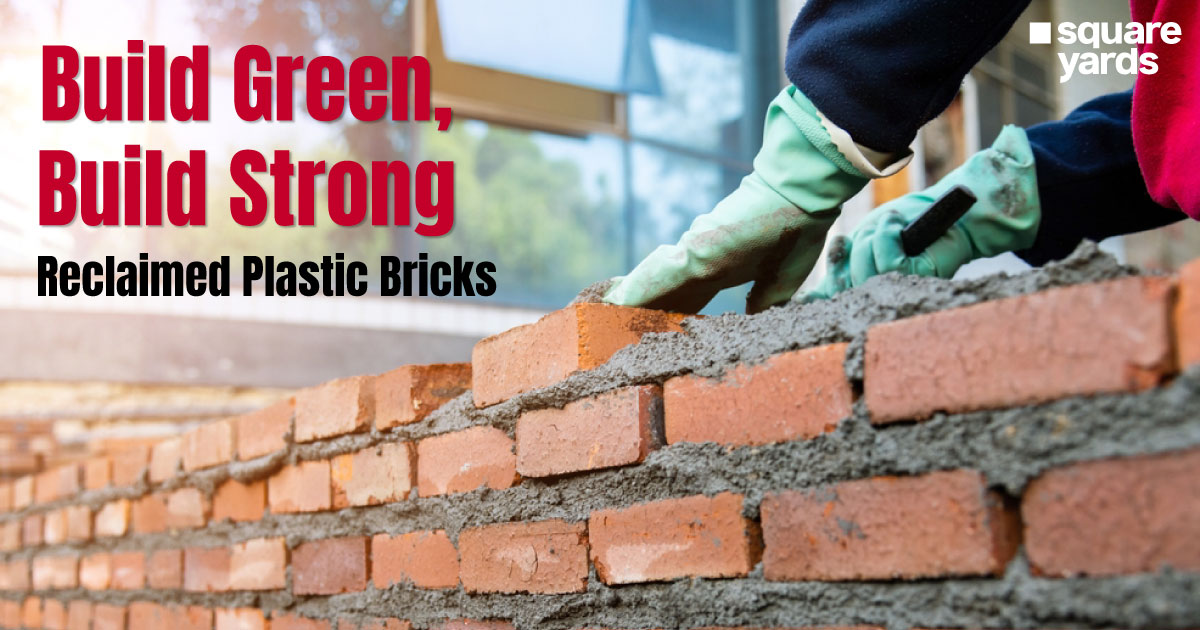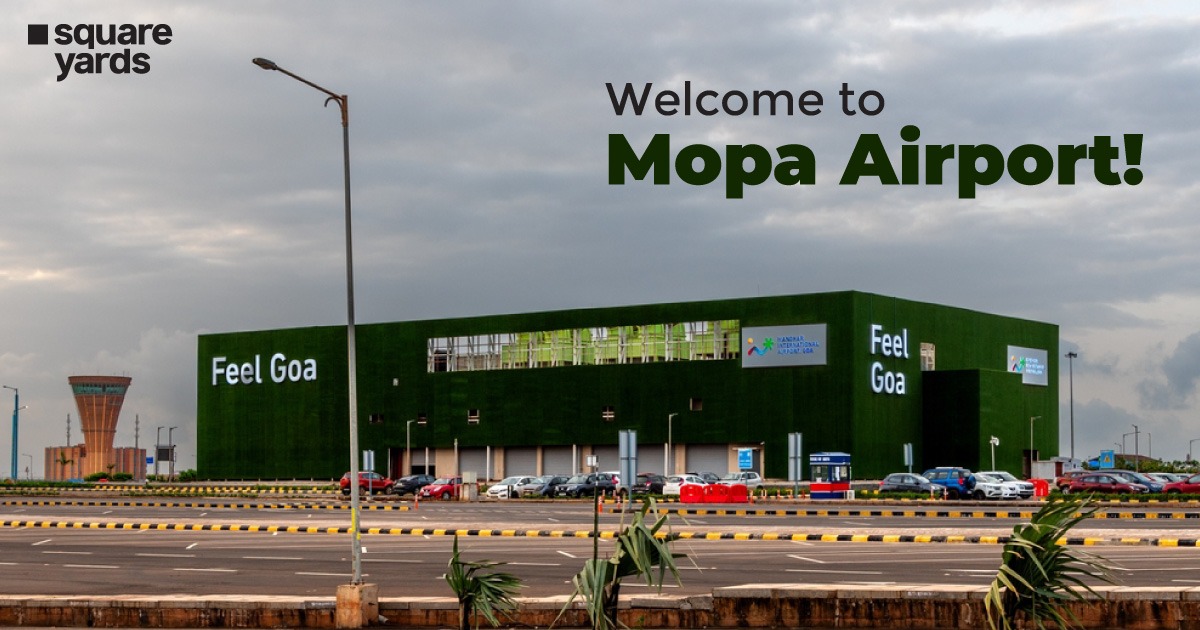India’s warehousing landscape is undergoing a significant transformation, with Tier II and III cities emerging as influential players in the logistics sector. As we enter 2024, the country’s total warehousing stock has surged to an impressive 533.1 million square feet. Notably, emerging Tier II and III cities now contribute around 100 million square feet, accounting for approximately 18.7 percent of the total stock. This shift not only marks a pivotal change in India’s logistics framework but also aligns with the hub-and-spoke model that was envisioned during the implementation of the Goods and Services Tax (GST). The Indian warehousing market has witnessed exponential growth since the GST rollout, particularly in major cities, but the expansion is increasingly reaching the underserved Tier II and III locations. According to Yogesh Shevade, Head of Logistics & Industrial at JLL India, this remarkable fourfold increase in warehousing stock since 2017 is likely to continue, driven by critical infrastructure initiatives linking these emerging cities to major consumption hubs. The rapid development of warehousing facilities in these areas is poised to unlock significant investment opportunities for developers and investors alike, all while reshaping the logistics landscape in India.
Emerging Cities: The New Frontiers of Warehousing
The rise of Tier II and III cities as warehousing hubs is primarily driven by the booming e-commerce sector, which has rapidly transformed the logistics landscape in India. The prevalence of the ‘click and buy’ trend has increased the demand for fulfillment centers closer to end consumers, resulting in a growing need for smaller warehouses in these emerging urban areas. This shift is catalyzed by the lower population density in many of these cities, allowing for more spacious facilities that are ideally suited for warehousing operations. As companies strive to improve delivery times and cut logistics costs, establishing warehouses in these emerging cities has become a strategic imperative. Not only does this approach enhance efficiency, but it also capitalizes on the growing consumer base in these regions. Additionally, the evolving distribution networks fostered by government initiatives are set to further enhance the appeal of Tier II and III cities for warehousing investments.
Government Initiatives Fueling Growth
India’s warehousing sector is not merely evolving due to market forces; it is also being significantly influenced by various government initiatives aimed at optimizing the distribution networks. Programs such as PM Gati Shakti, Bharatmala, Sagarmala, and the UDAN Scheme have been instrumental in developing infrastructure that supports logistics operations across the country. These initiatives are complemented by the National Logistics Policy, which aims to create a conducive environment for manufacturing and logistics. Moreover, the introduction of Production-Linked Incentives (PLI) and Design-Linked Incentives (DLI) has encouraged businesses to establish manufacturing facilities in these emerging cities. This strategic focus on infrastructure and incentives is crucial, as it not only supports the burgeoning warehousing industry but also enhances the overall logistics framework in India.
Conclusion
The emergence of Tier II and III cities as warehousing powerhouses marks a significant shift in India’s logistics landscape. This trend underscores the importance of strategic investments in infrastructure and local fulfillment capabilities.
- India’s warehousing stock has reached 533.1 million sq. ft.
- Emerging cities contribute 18.7 percent to this stock.
- The e-commerce boom drives demand for local fulfillment centers.
- Government initiatives enhance infrastructure and logistics networks.
- Investment opportunities abound in the logistics sector.
- Tier II-III cities are reshaping India’s competitive logistics dynamics.






















